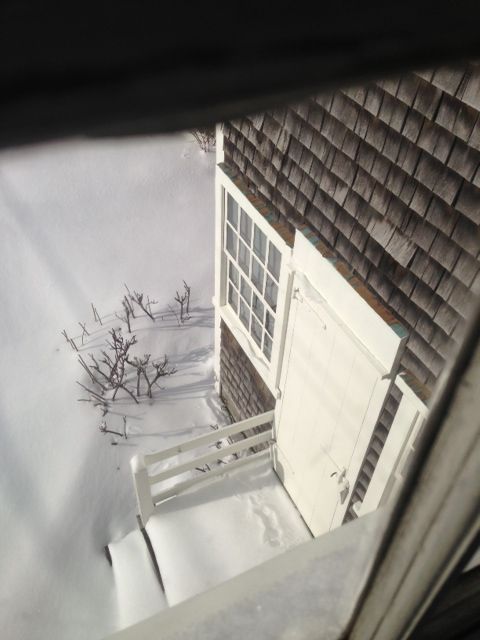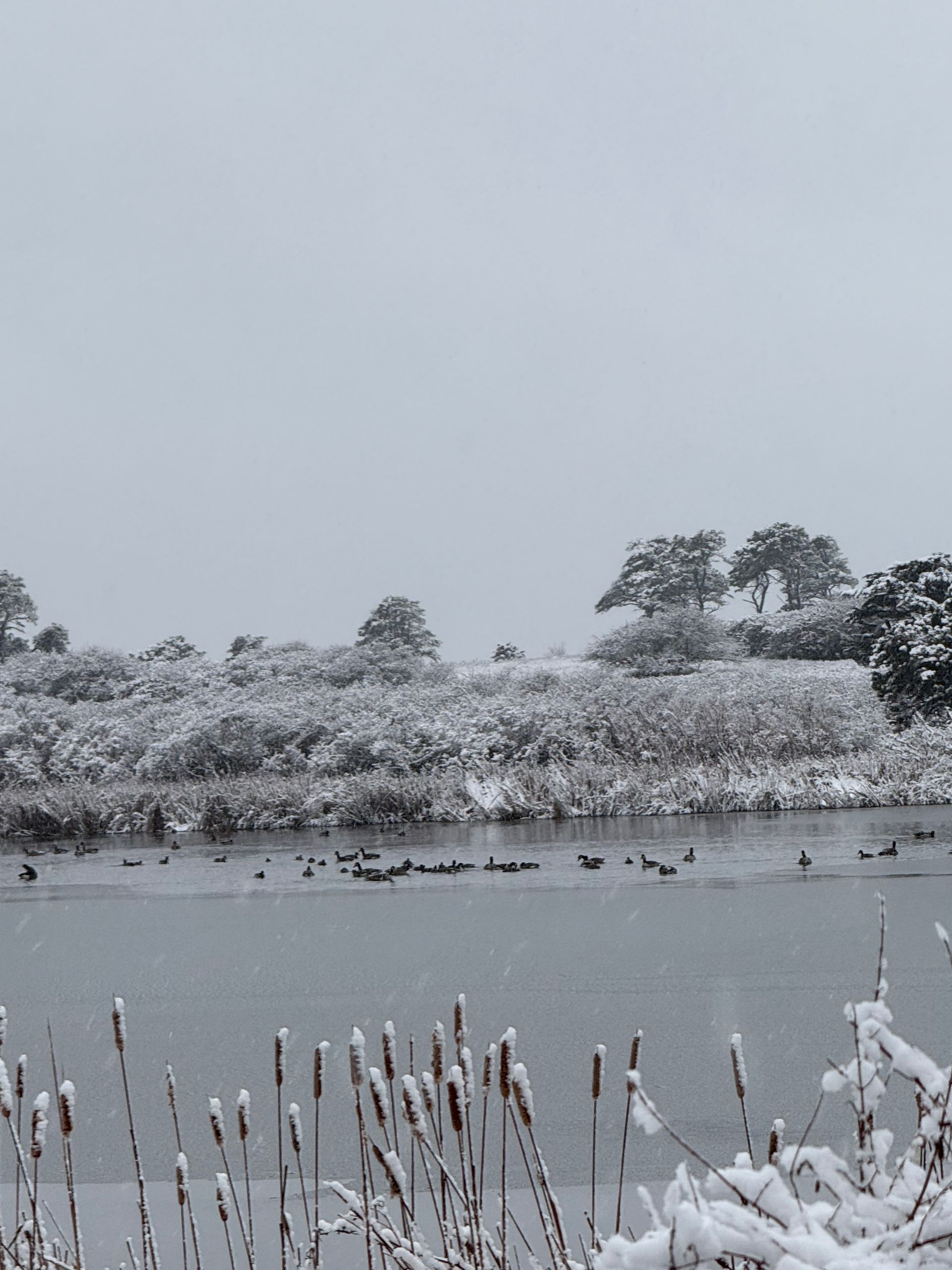Big Finds in The MMA Archives
It never ceases to amaze me what I uncover in the MMA’s Archives and Special Collections.
This item was in a box labeled “Lydia Hinchman.” Not all of our institutional archives have been arranged and described – it’s a big project that has been begun but not completed – so this has not yet been processed. Lydia, a cousin of Maria’s, was one of the MMA’s founders and the driving force for purchasing several of the properties surrounding the Mitchell House. She was the force behind creating the Maria Mitchell Vestal Street Observatory in 1908.
This is from one of her MMA scrapbooks. And it is a drawing – likely by her – and describes in detail the building of the Observatory foundation and how it works. It’s always hard for me to describe the “pillar room” and what lies beneath but you can sort of make it out in this image where she has drawn a line to show the ground level. The foundation of the dome goes pretty deep into the earth – it’s a cement and brick foundation – and the telescope is meant to be supported by this piece – the walls and the movement of a building cannot affect the telescope so they surround this massive part. It’s why at Loines Observatory, for example, we do not put telescopes on the deck because as people walk across it, it makes the telescopes bounce – it makes the view unclear and can also move the telescope from what it is focused on. If an observatory moves – the telescope doesn’t as it sits on a solid separate piece.
JNLF
Recent Posts





